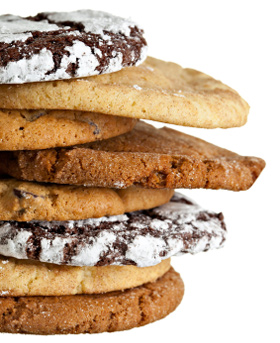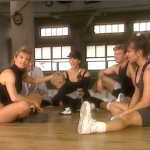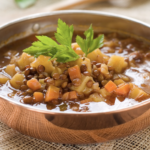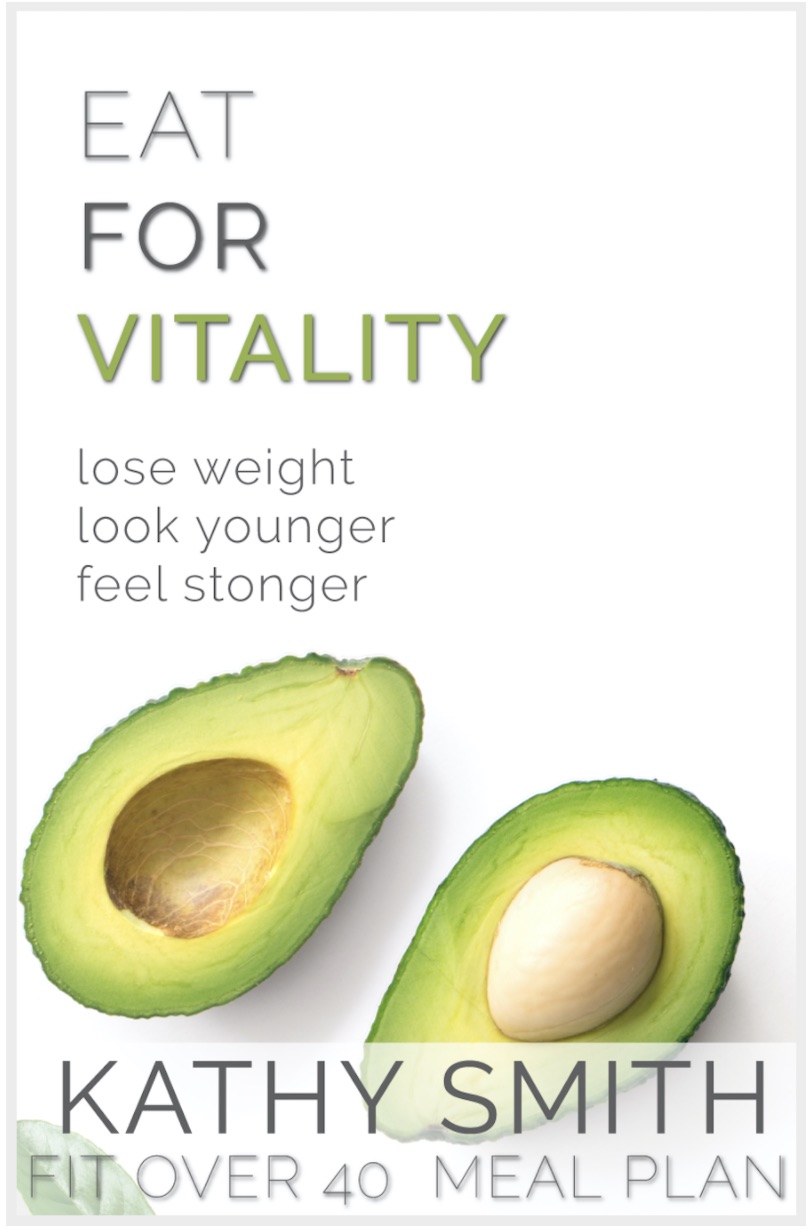Sugar: The New Drug Addiction
When it comes to diet, most of us have already gotten the message loud and clear: Sugar is bad. But not many of us realize just how serious a threat sugar can pose to our health and well-being. Don’t worry, the good news is right around the corner… but first, let’s take a closer look at this possibly-deadly white powder:
- It comes in all shapes and sizes. Here’s a quick sugar anatomy lesson: Sucrose, or table sugar, is broken down into glucose and fructose. The primary difference in those two simple sugars is how our bodies metabolize them. Fructose is the real evil-doer here – it can lead to liver problems and other chronic diseases. And, because we’re consuming it in such mass quantities, the negative effects are profound. Unless you’re living under a sugar-free rock, you’ve probably heard that high-fructose corn syrup (HFCS) is bad news. The leading ingredient in many sodas and processed foods, HFCS wreaks havoc on our blood sugar levels, which zaps our energy, causes cravings, and is linked to type 2 diabetes.
- The term “sugar addict” is no joke. New York Times columnist Mark Bittman says that eating too much sugar has become “the biggest public health challenge facing the developed world.” In fact, Americans consume around 18% of our daily calories from added sugar – a pretty hefty number, considering that this white stuff provides no nutritional value and comes with several known negative effects. And, like any addictive drug, it can be insidious. In one study, when rats were given a choice of sugar water or cocaine, 94% chose sugar water. And, rats that were addicted to cocaine quickly switched their preference to sugar.
Okay, so now for the aforementioned good news: Even if you’re hooked on sugary sodas, candy and fructose-laden snacks, you too, can shake the sugar habit. Here’s how:
- Take it one meal at a time. Whenever I start people on a new eating plan, I ask them to keep a food journal so they can chart their daily eating habits – and what most surprises everyone is how much sugar we’re taking in, even when we’re not consciously eating “sweets.” The trick is to find healthy substitutions. Take breakfast, for example. A seemingly-innocent bowl of cereal with banana slices and a glass of orange juice contains as much as 70 grams of sugar, depending on your portion sizes. Here’s an easy switch: Mix your favorite sweet cereal with a low-sugar, high-fiber option like Kashi. Instead of regular milk, try unsweetened almond milk. Swap that banana for fresh blueberries. And instead of orange juice, jazz up a glass of water with a fizzy (and slightly sweet) vitamin C powder. Suddenly you’ve cut your sugar intake by more than half, and you won’t even feel like you’re making a sacrifice. Want more mouth-watering, low-sugar recipes? Check out my Feed Muscle Shrink Fat Diet book.
- Think historically, not calorically. Start to take stock of your daily snacking habits. Do you tend to binge on sugar at a certain time of day, or in a specific atmosphere? Start to create different patterns for yourself so that you’re setting yourself up for success. If you’ve historically filled up on sweets in front of the TV, make a conscious decision to do something else with that time. (Ten minutes of crunches in front of the tube never hurt anyone!) Or, if the movie theater’s concession stand is your downfall, bring your own healthy snacks. Create a popcorn mixture that’s low in fat and salt, with a sprinkle of high-protein nuts. Or bring your own bar of dark chocolate so that you can resist the jumbo pack of Milk Duds.
- Get moving. Exercise has a positive impact when it comes to processing sugar. In a recent New York Times article, Dr. Richard J. Johnson from the University of Colorado, said that working out can “significantly reduce the health risks associated with fructose and other forms of sugar.” And, the effects aren’t just short-term: A 2005 study at Duke University tested the effects of exercise on patients’ blood sugar levels, and found that their ability to process sugar effectively was improved 24%. And, when we can effectively process sugar, that means more effective weight loss, better energy levels, a lower risk of several chronic illnesses, and, in short: a higher quality of life.
Take control today. You can get 3 of my DVDs for only $25, so it’s as easy as ever to get moving and fight off that sugar habit. Learn more here.
- Get off the roller coaster. As I mentioned above, sugar (and all of its ugly cousins) can wreak havoc on your blood sugar, creating a series of spikes and drops that lead to sluggishness, weight gain, and more. The best way to get off this roller coaster is to re-program your system with the right combination of foods to curb your cravings and balance out blood sugar. That means filling up on protein – which can inhibit sugar’s negative effects – and fiber, which slows down digestion and helps your body avoid those undesirable spikes. That’s why I’m so passionate about PGX. It’s a supplement of plant-based fiber (available in capsule or granular form), and when mixed with water just before a meal, it helps slow down digestion, create a pleasant feeling of fullness (making it easier to practice the elusive art of portion control), and most importantly for sugar addicts, it helps curb those cravings. So step off the blood sugar roller coaster, and step into a healthier – and yes, sweeter – way of life.









I was born with thrush, which is a symptom of yeast overgrowth in the mouth (candida albicans). Sugar feeds yeast, and I’ve been addicted all my life. Now I’m nearly sixty, and deal with systemic candida on a daily basis, a condition few conventional doctors recognize. I find sugar as addictive as any drug – it’s dangerous stuff, and only now are its effects being recognized. Be careful!
Hi,
Unhealthy blood sugars run in my family on both sides. I followed the diet faithfully. i later found out I was allergic
to many healthy foods, fruits and vegetables. A Dr. told us our brain needs some sugar each day for energy. I good quality brown sugar. I’m fighting a health condition and sugar helps me with it. I’m not a pop drinker, candy eater, and many other foods. i do my own cooking and I’m learning gluten free cooking because i eat to live.
I agree with your article on the whole. We don’t need a lot 2 teaspoons would be sufficient of a good sugar.
I exercise by walking and I use a walker. Our heat indexes are going over 100 now. Sometimes we will have temps in the 90’s and humidity to go with it. I will pull back on walking mile or more, but I plan to stay active. A gym doesn’t work for me because I have allergies to the equipment.
Thank you for the article. I do read your e-mails and liked what you said about dieting. What is good for one isn’t good for another.
Hi Kathy, nice to be in touch with you again. I am definitely addicted to sugar!! OMG & How. But I do find that when I don’t have it I almost don’t miss it, which is great. Because as the rat research show, I just want more & more & more if it’s around and don’t want to have anything to do with healthy food at all. If that doesn’t define addiction, I don’t know what does. There’s some recent research coming out suggesting that our gut may have a “memory” so when exercise reduces the impact of sugar one day/meal, it may be that it’s helping to do so for the next day/meal, as well. Another bang for the exercise buck! My husband and I went on your Feed Muscle, Shrink Fat eating program and we both lost 11 lbs (in less than a month), without much exercise (illness and injuries)! And that’s what started to happen: we seemed to add muscle and look more compact, less fat. The recipes were great, and it got me into cooking — I never cooked willingly in my life. And I never ate so much protein in my life either. But I think both were essential to our success. I would highly, highly recommend this book to anyone needing to lose weight or change their life style. You’ll end up looking healthier, eating healthier, and feeling healthier and not strained and drained like you do on most quick weight loss diets (although that’s not Kathy’s purpose (quick weight loss, that is). Keep up the good work, Kathy! I look forward to reading more of your great information. Oh, and please say hi to Jeff! 🙂